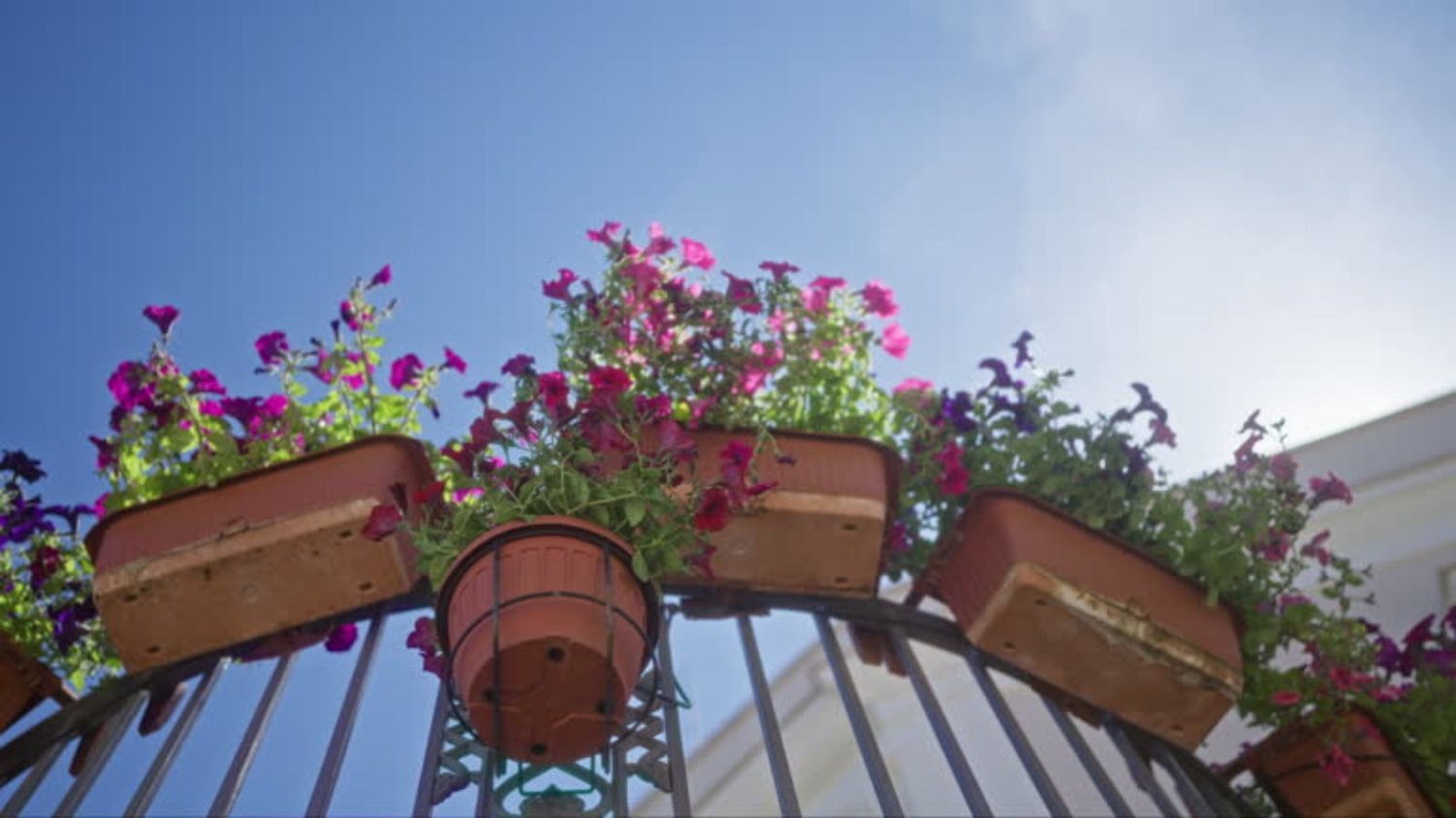The Science Behind Ceramic Cracking in the Cold
As the winter months approach, many of us start thinking about how to keep our homes warm and cozy. But, have you ever considered how the cold weather affects your ceramic items, like bowls, plates or vases? Can ceramic crack in the cold?? The answer is yes! Understanding the science behind ceramic cracking in the cold can help you preserve your valuable ceramic items. Here are ten things you need to know about ceramic cracking in the cold.
1. Ceramic Has Low Thermal Conductivity
Ceramic has a low thermal conductivity. This means that it is a poor conductor of heat. As a result, when a ceramic item is exposed to cold temperatures, it will not be as effective in absorbing and dissipating the cold energy. The thermal shock can cause the ceramic to crack or even break.
2. Ceramic is Porous
Ceramic is a porous material, meaning it contains small spaces or pores that allow air and moisture to pass through. When these pores are filled with water and the temperature drops below freezing, the water expands, putting pressure on the ceramic. This expansion can cause the ceramic to crack or break.
3. The Temperature Differential is the Key Factor
The temperature differential, or the difference between the temperature inside and outside of the ceramic, is the key factor in cracking. When the temperature changes suddenly, the differential between the interior and exterior of the ceramic is too great, causing the surface to crack.
4. Ceramic Types and Their Resistance to Cracking
There are many types of ceramic, each with its own properties that determine its resistance to cracking. Porcelain, for example, is known for its hardness and durability, making it less likely to crack or break. However, earthenware ceramics are more porous and prone to cracking in cold temperatures.
5. Glazing Can Help Ceramic Resist Cracking
Ceramic glazes are often used to protect the surface of the material and to enhance its decorative properties. Glazes can also reduce the porosity of the ceramic, making it less likely to absorb water and suffer damage in cold temperatures.
6. Thick Ceramics are More Resistant to Cracking
The thickness of the ceramic material can also affect its resistance to cracking. Thicker ceramics have a lower surface to volume ratio, which means that less thermal shock is experienced in temperature changes.
7. Minimizing Extreme Temperature Changes can Reduce the Risk of Cracking
You can minimize the risk of ceramic cracking by minimizing exposure to extreme temperature changes. This means avoiding sudden temperature changes, like taking a cold ceramic dish out of the fridge and placing it in a hot oven.
8. Proper Storage Can Help Prevent Cracking
Proper storage of ceramic items can help prevent cracking. This means keeping them in a cool, dry place where they won’t be subjected to sudden changes in temperature.
9. Polymer-based Ceramics are More Resistant to Cracking
Polymers are synthetic materials that can be engineered to possess specific properties, including high resistance to cracking. Polymer-based ceramics are more resistant to temperature changes than traditional ceramics, making them ideal for use in harsh environments.
10. Proper Care Can Prolong the Life of Your Ceramic Items
Proper care can help prolong the life of your ceramic items. This means avoiding dropping or mishandling them and using gentle cleaning methods to keep them in good condition. Regular maintenance can also help you detect any damage or cracks early on, allowing you to address the problem before it worsens.

